V. Canals
Fully-parallel Convolutional Neural Network Hardware
Jun 22, 2020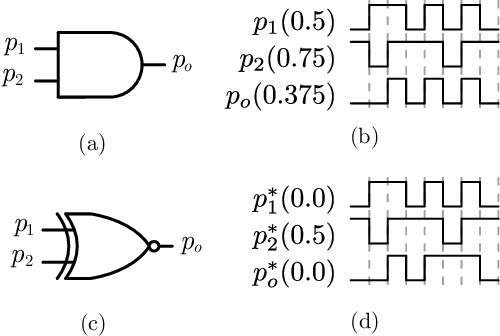
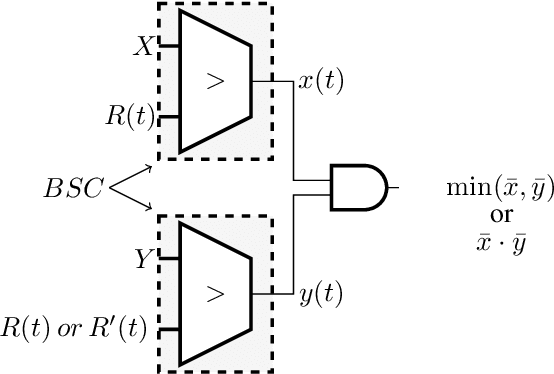
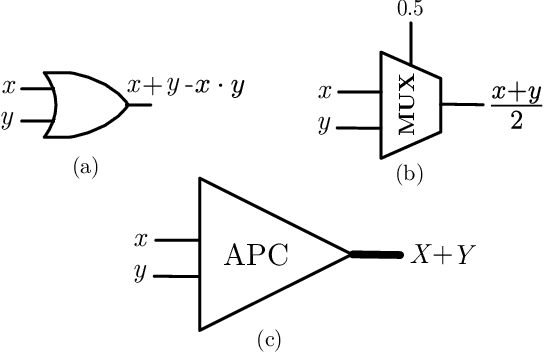
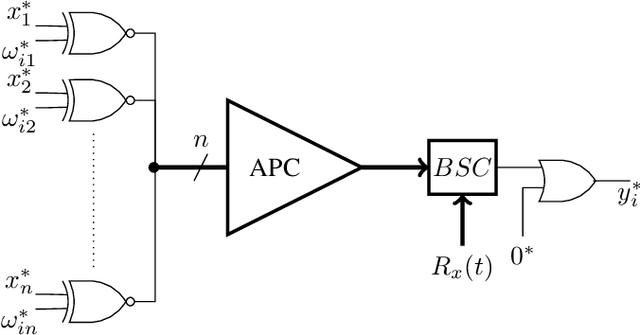
Abstract:A new trans-disciplinary knowledge area, Edge Artificial Intelligence or Edge Intelligence, is beginning to receive a tremendous amount of interest from the machine learning community due to the ever increasing popularization of the Internet of Things (IoT). Unfortunately, the incorporation of AI characteristics to edge computing devices presents the drawbacks of being power and area hungry for typical machine learning techniques such as Convolutional Neural Networks (CNN). In this work, we propose a new power-and-area-efficient architecture for implementing Articial Neural Networks (ANNs) in hardware, based on the exploitation of correlation phenomenon in Stochastic Computing (SC) systems. The architecture purposed can solve the difficult implementation challenges that SC presents for CNN applications, such as the high resources used in binary-tostochastic conversion, the inaccuracy produced by undesired correlation between signals, and the stochastic maximum function implementation. Compared with traditional binary logic implementations, experimental results showed an improvement of 19.6x and 6.3x in terms of speed performance and energy efficiency, for the FPGA implementation. We have also realized a full VLSI implementation of the proposed SC-CNN architecture demonstrating that our optimization achieve a 18x area reduction over previous SC-DNN architecture VLSI implementation in a comparable technological node. For the first time, a fully-parallel CNN as LENET-5 is embedded and tested in a single FPGA, showing the benefits of using stochastic computing for embedded applications, in contrast to traditional binary logic implementations.
Stochastic-Based Pattern Recognition Analysis
Feb 20, 2012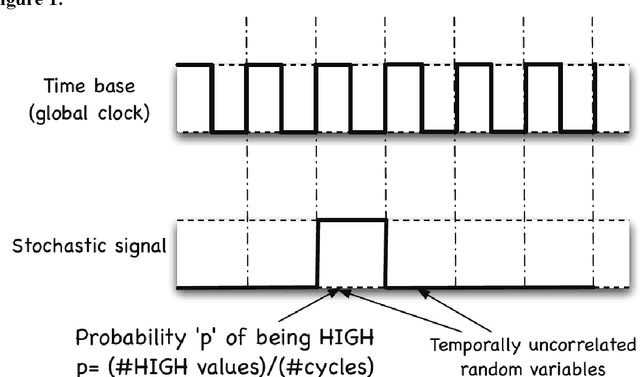
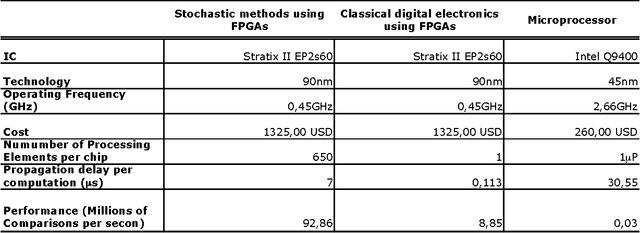
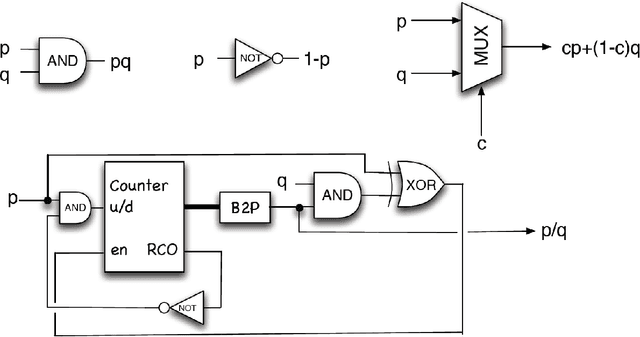
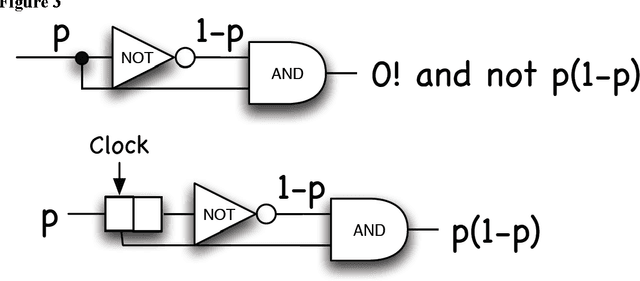
Abstract:In this work we review the basic principles of stochastic logic and propose its application to probabilistic-based pattern-recognition analysis. The proposed technique is intrinsically a parallel comparison of input data to various pre-stored categories using Bayesian techniques. We design smart pulse-based stochastic-logic blocks to provide an efficient pattern recognition analysis. The proposed rchitecture is applied to a specific navigation problem. The resulting system is orders of magnitude faster than processor-based solutions.
 Add to Chrome
Add to Chrome Add to Firefox
Add to Firefox Add to Edge
Add to Edge